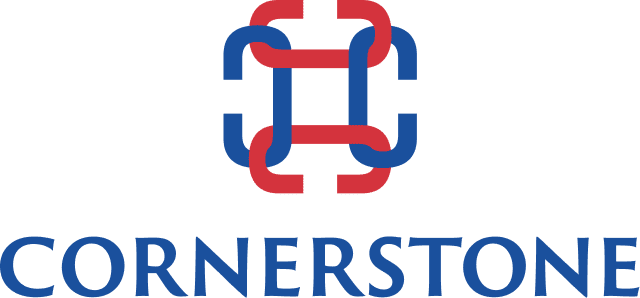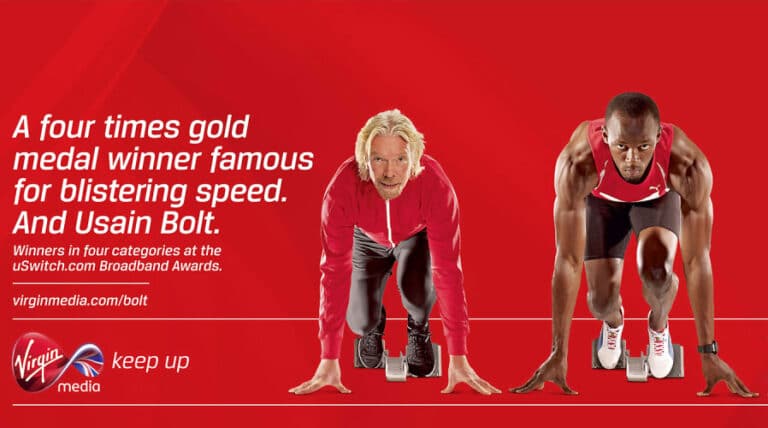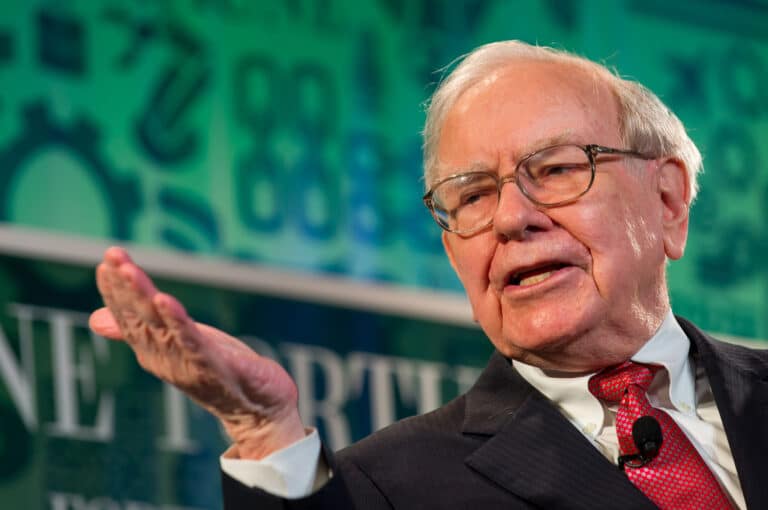The Most Effective CEOs Spend the Least Amount of Time Managing

The most effective CEOs concentrate their efforts on leading with vision and values to inspire and enable others to do their absolute best together to realize a meaningful and rewarding shared purpose. They focus 20-30% of their time up, 20-30% out, and less than 50% down. They can do this because they delegate managing.
Up
By definition, chief executive officers are the “chief” or most senior executives in organizations, reporting to the owners or boards of directors. Thus, they are critical links between organizations and boards, shadow boards, and owners.
Any time they spend building one-on-one relationships with those key stakeholders is time well spent. That time and those relationships help board members do even better jobs in their advisory and governance capacities, enabling everything in the organization to function better.
Out
Almost all CEOs need to get out more. Getting out and spending time with customers, collaborators, competitors and those influencing their organizations’ conditions gives CEOs the perspective they need to ask “What if” and challenge their own best current thinking in order for their organizations to continue to evolve. CEO Connection’s CEO of the Year, Susan Salka told me in 2011, how important it was to “be out in the field listening, listening, listening.”
This is not a substitute for having others challenging that thinking as well. The most effective teams include disrupters, rebels, challengers, deviants, and the like who serve as the loyal opposition, keeping the leadership team from falling into a group-think trap.
Down
As I’ve written before; Leaders influence; Managers direct. While it may not be that black and white, leaders generally do focus on what matters and why as managers focus on how. Both use different forms of influence and direction at different times. But leaders have a bias to influencing by inspiring and enabling through advice and counsel and co-creation, while managers have a bias to command and control, organizing, coordinating and telling.
The most effective CEOs lead strategic, organizational and operational processes. The only way they can keep this effort from eating all their time is to have others manage those processes. Instead, they focus on inspiring and enabling: inspiring by leveraging purpose, frameworks and incentives to drive vision and values and enabling by linking and integrating efforts.
Inspiring
If you seek compliance, indirect communication to produce awareness is enough. If you seek contribution, you’ll need direct communication so people can ask questions to build understanding. And if you want commitment, you’ll need emotional communication so people believe in the cause. Scaling that means focusing on purpose, frameworks and incentives.
People generally don’t commit to leaders, organizations or even teams. They commit to causes. When a cause-focused purpose is genuinely shared, all understand why they must do what they are setting out to do. Net, CEOs should drive purpose and why people should care to scale emotional commitment.
Frameworks are the basic conceptual structures that people use to flesh out their ideas. They help people know where to start, and they focus and guide thinking about how to achieve purpose. CEOs should leverage frameworks as swim lanes for others’ thinking.
Incentives are the consequences of behaviors. If the incentives are clear up front, they serve as antecedents, prompting the behavior. Even if they are not clear, people figure them out eventually. CEOs should leverage incentives to keep people focused on the most important whats on the way.
Enabling
Enabling is about linking and integrating efforts across the organization. The requires real delegation. Effective leaders focus their own efforts first on things they have to do well themselves and secondly on things they have to do themselves, but not necessarily well. Then they delegate and have others manage important things, delegate and do not manage less important things, delaying or cancelling the rest.
The key is finding others to manage the delegated but important things so they can devote more time to leading up and out while digging deep into their own organization from time to time to get a read on current and future talent and capabilities.
Need help finding the right CEO with the right Up/Down/Out orientation?
Talk to use about our Retained Executive Search Services that can find you an effective CEO






